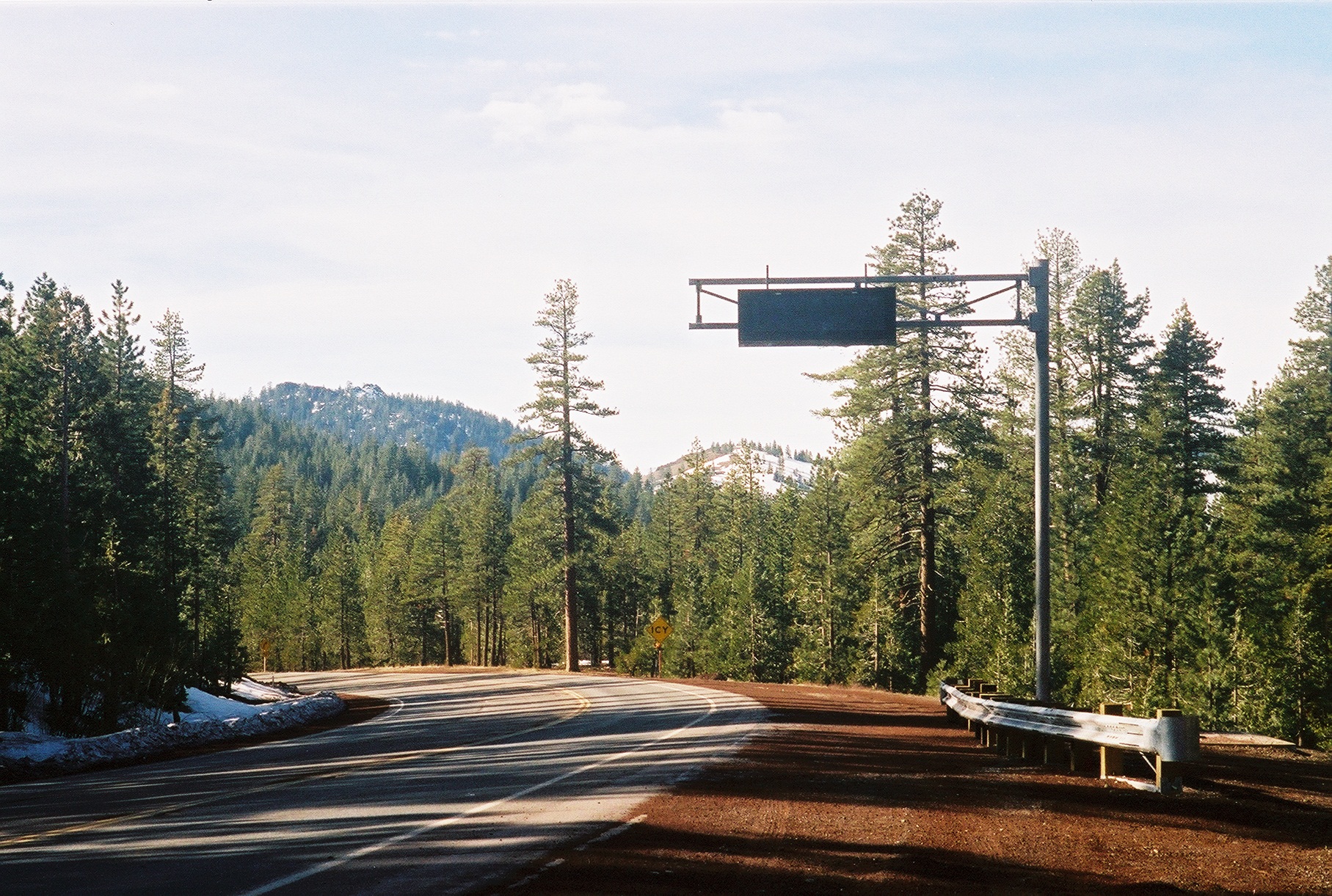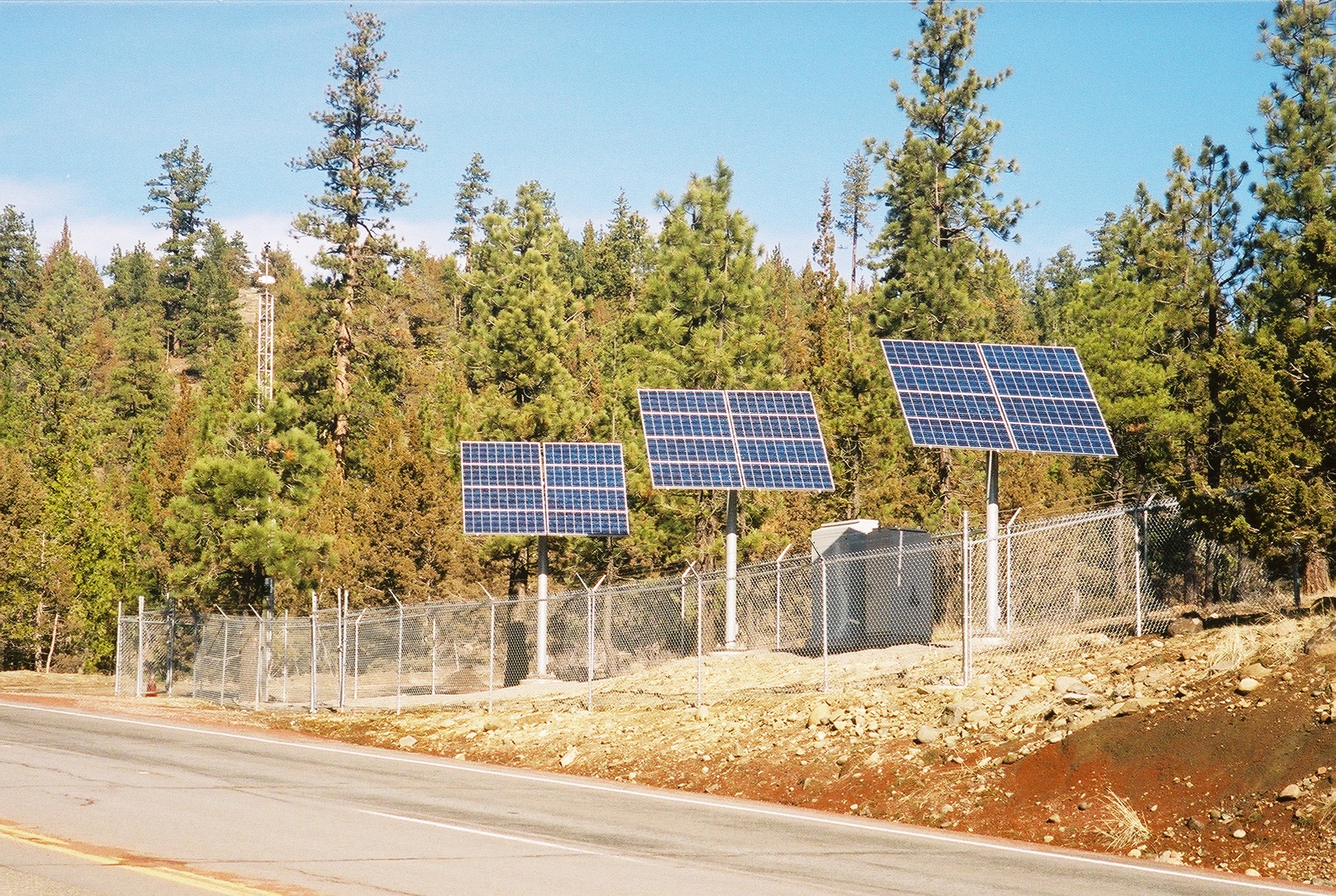UPDATE: Monday, December 5th, 2011


Photo by WTI
Photo by WTI
The COATS Phase 4 effort has recently concluded. During the course of this project, a number of research and technology transfer activities were completed. COATS Phase 4 also examined expansion of the COATS region to include Washington and Nevada which resulted in the establishment of the Western States Rural Transportation Consortium (WSRTC). The following summaries highlight the results of these efforts. For further information, the reader is encouraged to visit the respective project websites/updates, which are linked as applicable.
During COATS Phase 4, the Western States Forum continued to serve as a technology transfer platform where informative, in-depth technical presentations could be given by rural ITS practitioners. Presenters delved into how solutions were developed, focusing on applications that have been deployed in the field and are being used in live traffic situations. Success stories were shared along with failures and problems so participants could learn what does and doesn’t work and why.
A task examining deployment assistance looked at how to transfer web-based research products that are running in a laboratory environment to a production environment. The work completed during this task resulted in a number of recommendations. Prior to proceeding with external hosting, it was recommended that the general and specific changes documented be further addressed and implemented to optimize the system. Specific recommendations such as implementing server-side compression on text files served by the web server would immediately improve performance for users. Other items such as whether or not to archive data must be further discussed to weigh the advantages in terms of system performance and scalability with the disadvantage of reduced functionality. Code refactoring should be implemented as time and funding allow. Finally, greater effort and emphasis needs to be placed on system documentation and on-going support and maintenance needs.
Development of radar speed sign guidance provided warrants for the acquisition and deployment of such signs in a variety of settings to address speeding issues. Two levels of guidance were developed through this task: general guidance and location-specific guidance. General guidance warrants applied to cases where a radar speed sign may be used to address excessive mean speed and 85th percentile speed issues, ADT levels, speed limit compliance issues, accident history, pedestrian presence, and existing posted speed limits. Location-specific guidance applied to the use of radar speed signs in school and park zones, work zones, and general street locations such as transition zones, curve warning sign locations, and signal approaches. In addition, physical and functional specifications were developed for such equipment to guide practitioners in future purchases and deployments.
Evaluation of the existing Fredonyer Pass Icy Curve Warning system examined the safety and speed impacts as well as maintenance aspects of this particular deployment. Based on the results of this work, two conclusions have been drawn. First, the statistical analysis of speed data suggested that the system is working as intended and that vehicle speeds are significantly lower. This was particularly true of speed during clear, cold and dry weather conditions, when a driver would not necessarily expect to encounter ice. Second, the evaluation of crash data before and after system deployment found that the ICWS reduced the number of annual crashes by 18%. Additionally, investigation of crash rates indicated that the ICWS provided safety benefits of $1.7 million dollars per winter season during the “after” deployment study period.
To learn more about the research and technology transfer activities described above, review the COATS Phase 4 final report or the individual project documents on the COATS Phase 4 documents page.

